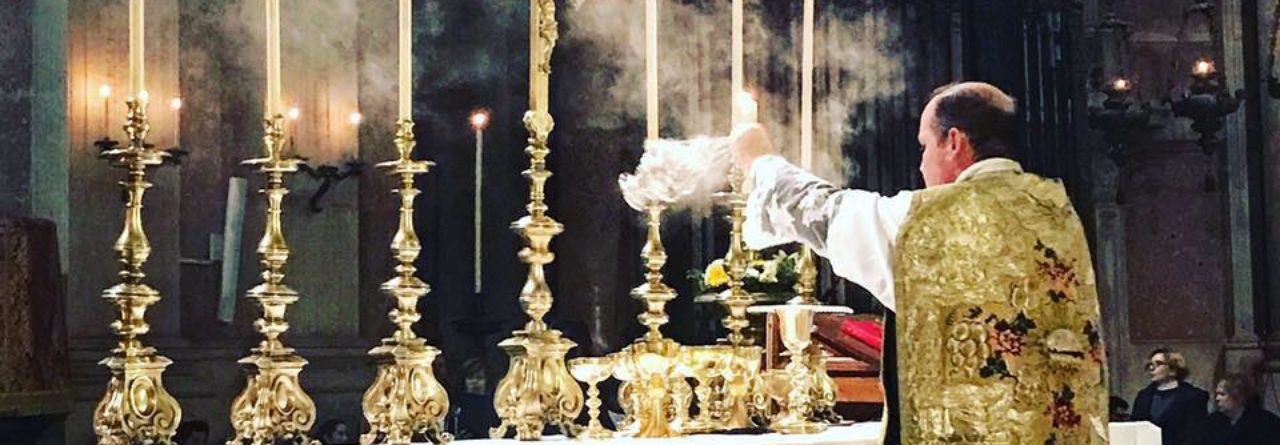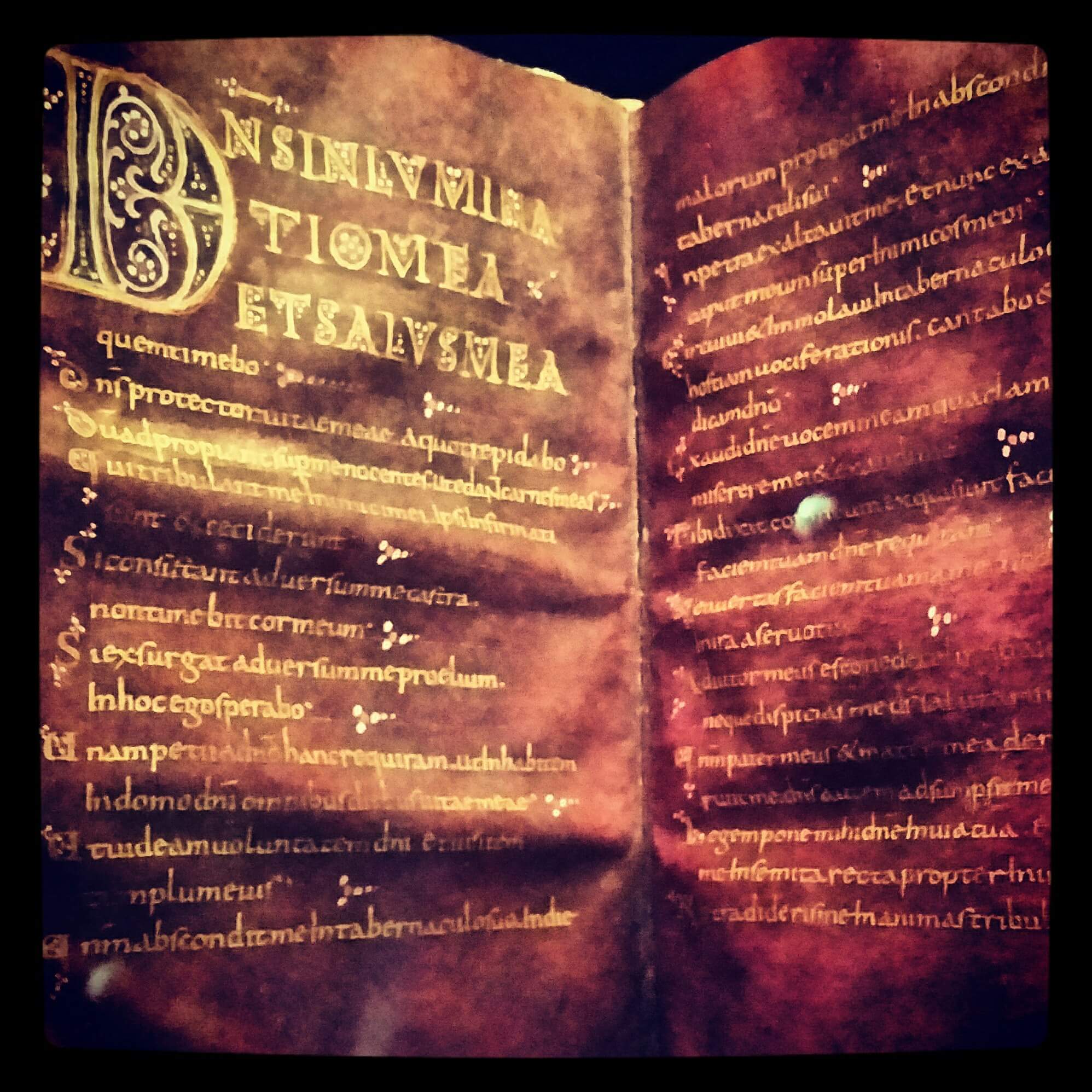
As a Westcountry lad, and one rather taken by our folklore, I am gladdened to hear that Samantha Cameron has named her baby girl Florence Rose Endellion after the North Cornish village of St Endellion where the family were holidaying.
Endellion was a 6th century ascetic who lived her life in isolation with only a faithful cow for company. She subsisted entirely on her cow’s milk. Endellion came from a large family of saints, children of King Brychan: including Nectan who carried his head after being decapitated by cattle rustlers, Morwenna who carried a stone on her head to build her church and Clether who was an unremarkable hermit. One day, Endellion’s cow wandered off, trespassing on the lands of the Lord of Tregony, who killed the cow for the damage it did. On hearing this, Endellion’s godfather, King Arthur (yes, he of the Round Table), slew Tregony in a rage. Overcome by the slaughter, Endellion wept over the corpses of Tregony and her dear cow, and they were both restored to life. At her death, Endellion requested that her cow pull her funeral sled, and that she be buried where she stop, and that is where St Endellion’s Church stands today. There’s also an old chapel dedicated to Endellion on Lundy Island, opposite her brother Nectan’s stomping ground of Hartland. Cambridge’s famous Endellion Quartet is also named in her honour.
If you enjoyed the story of St Endellion, you might just like the story of St Sidwell of Exeter, and her sister St Juthwara who rubbed cheese on her breasts!



